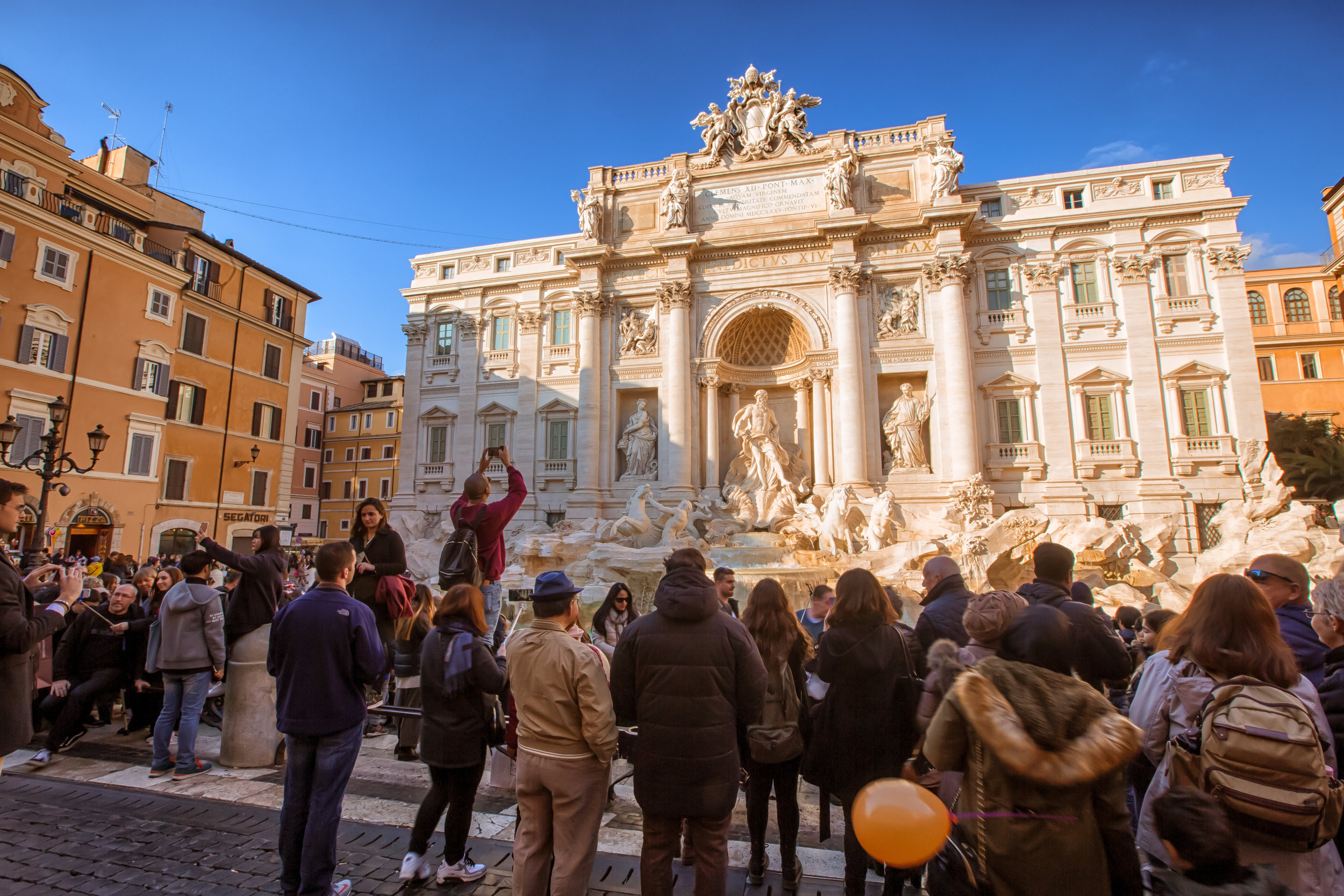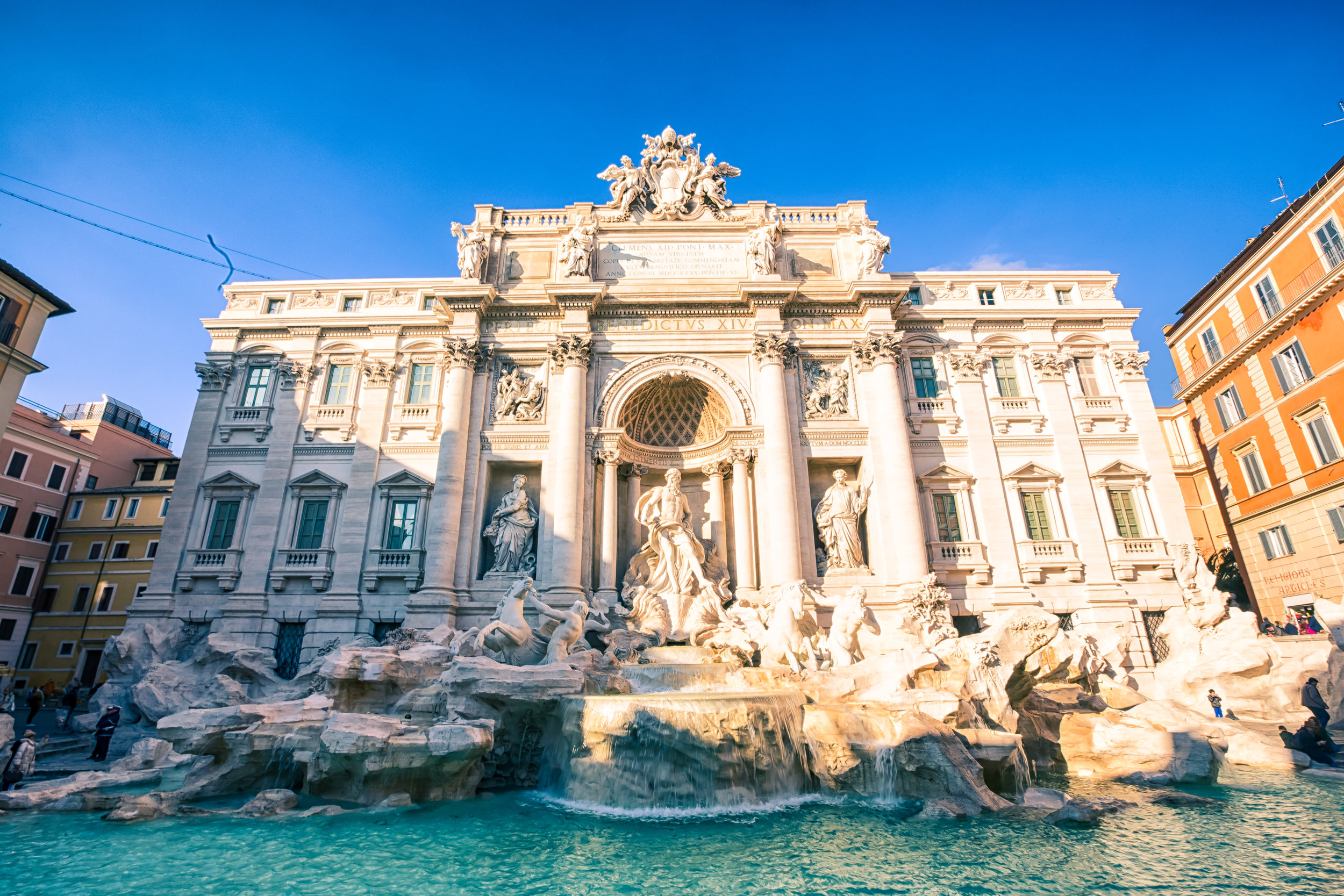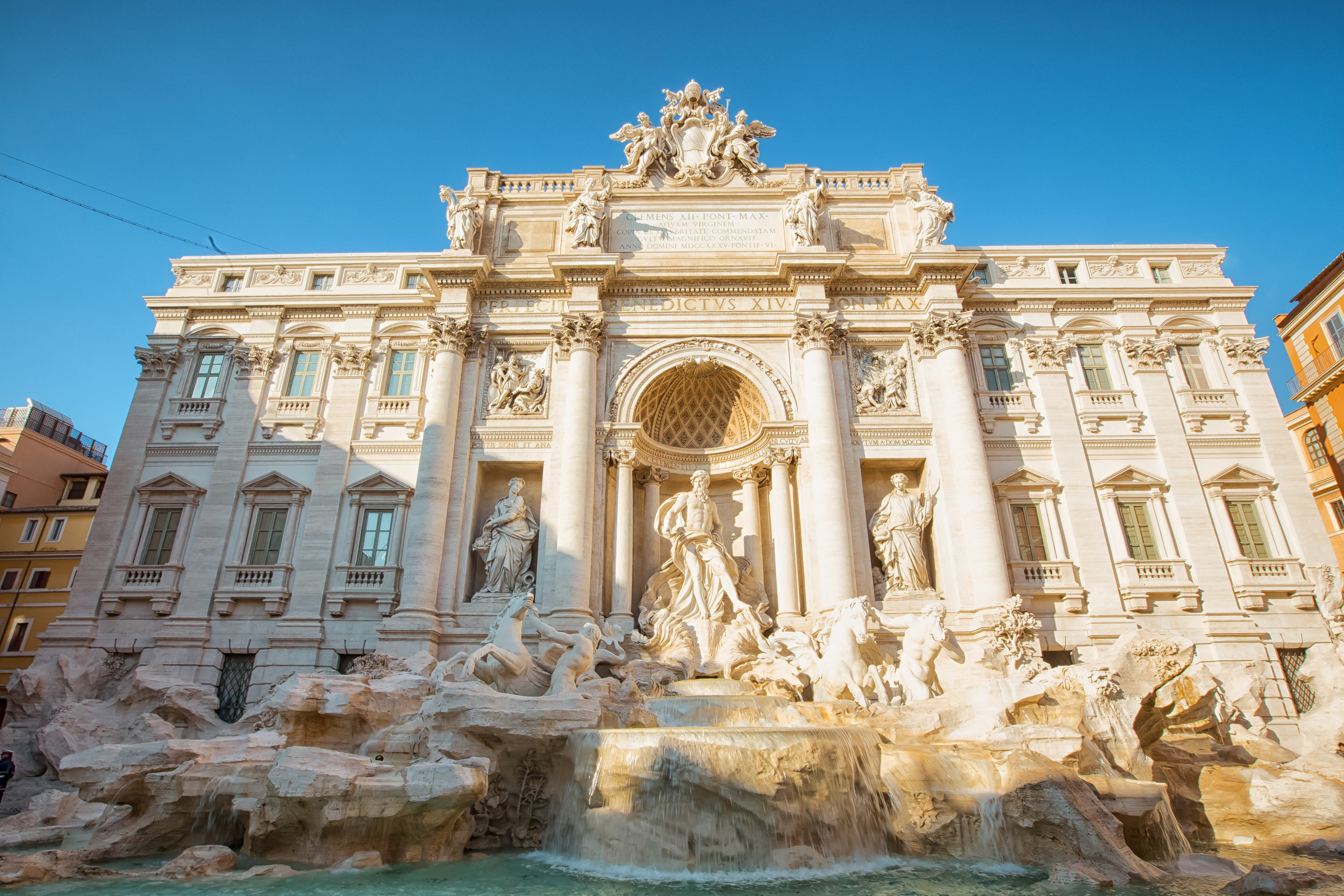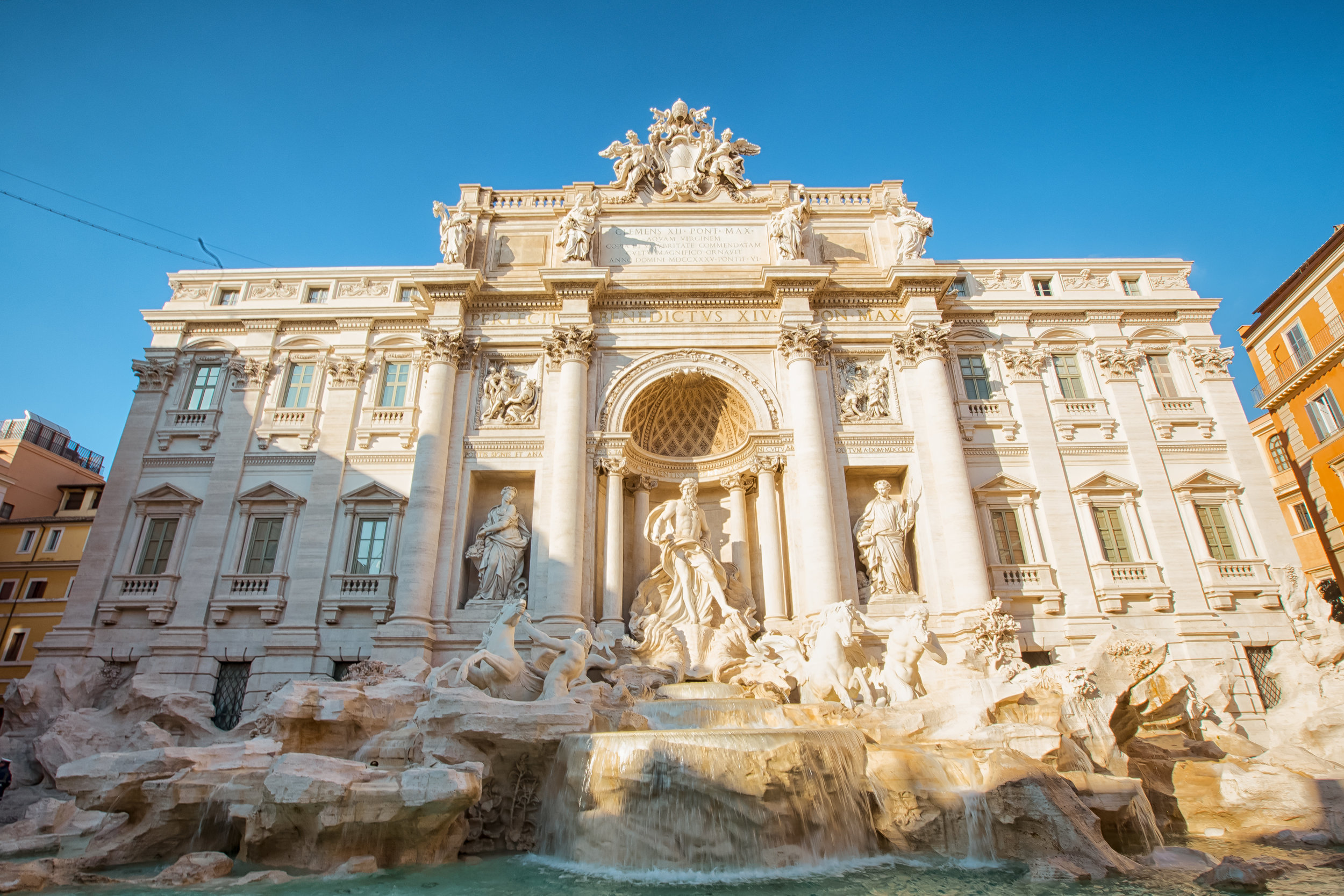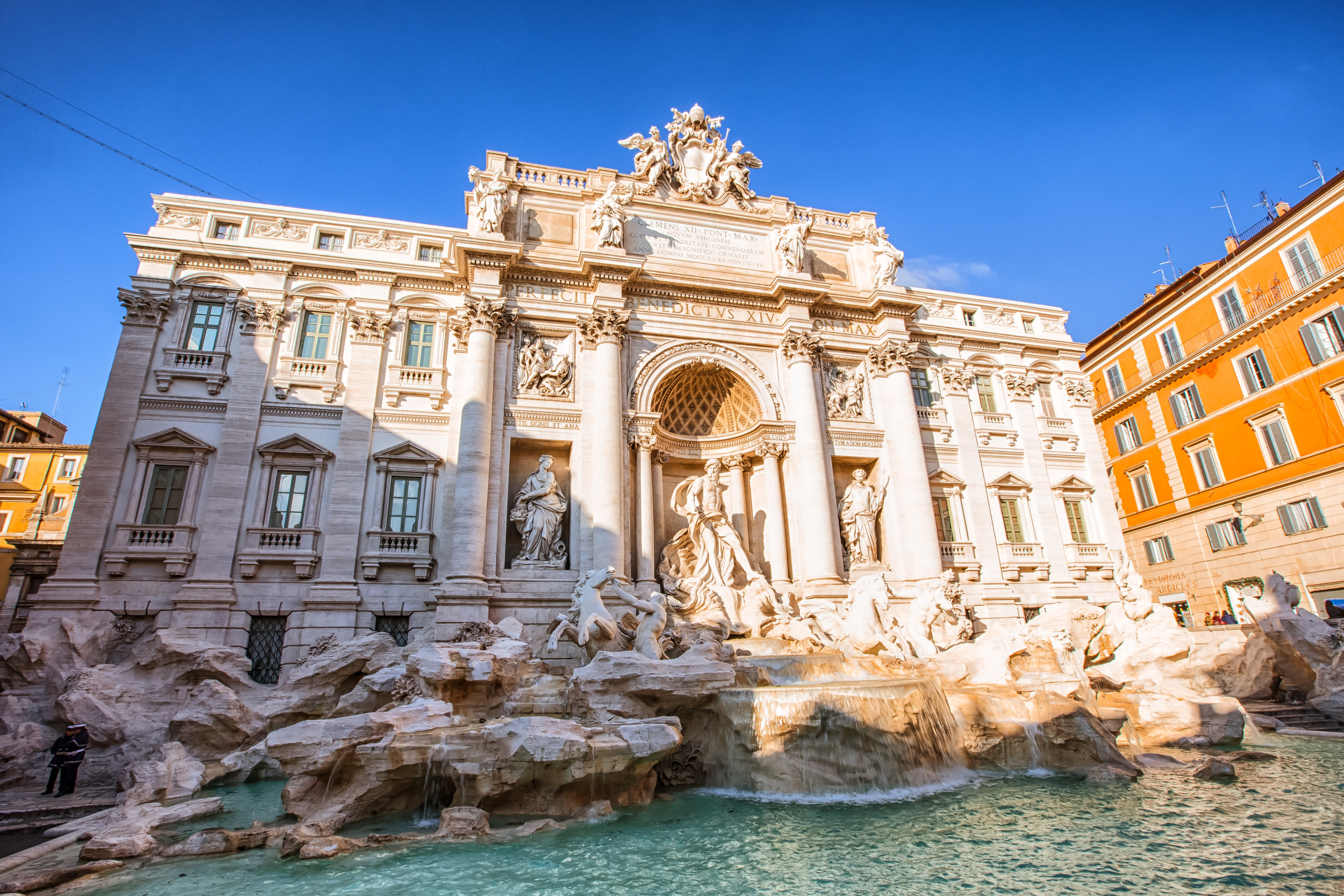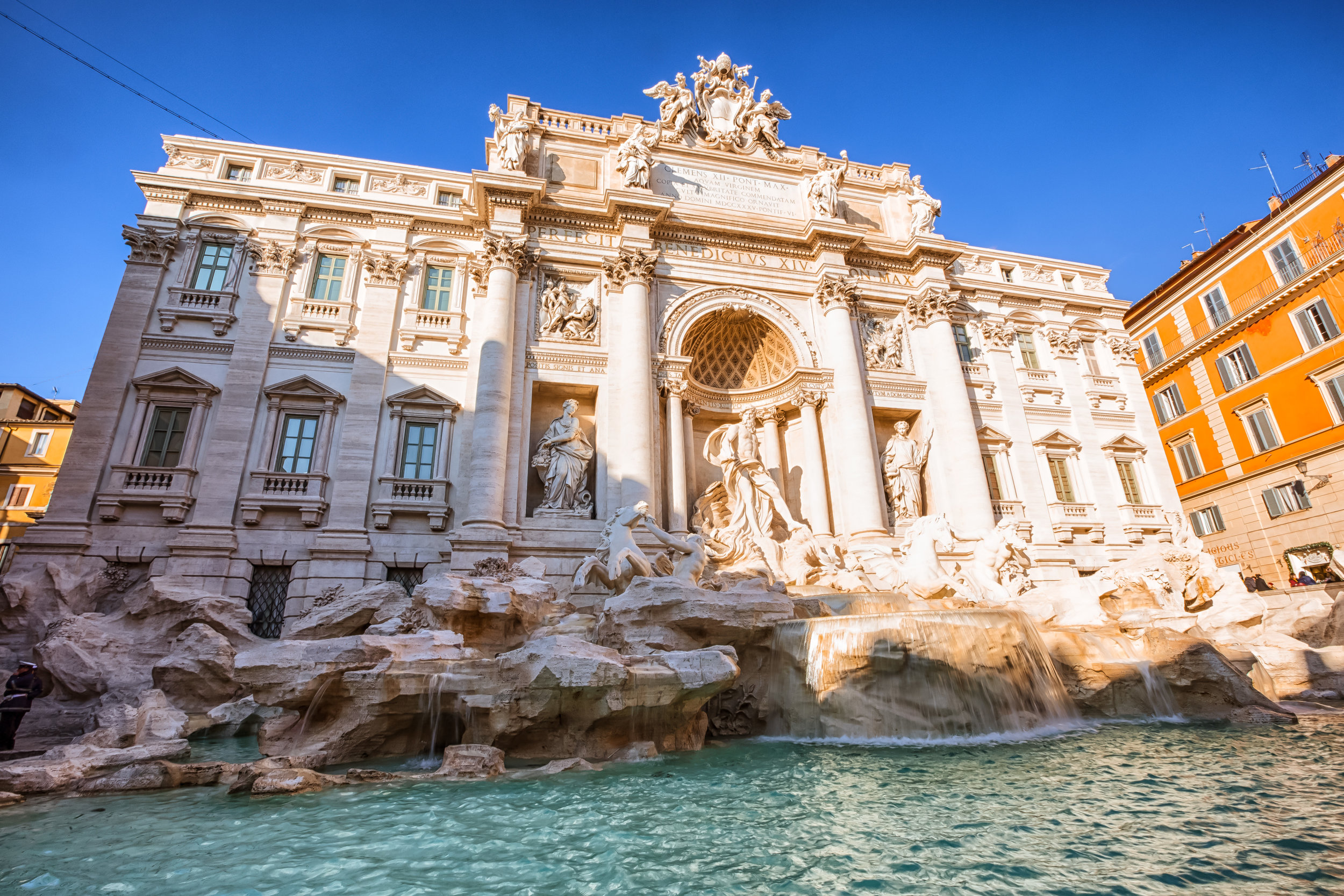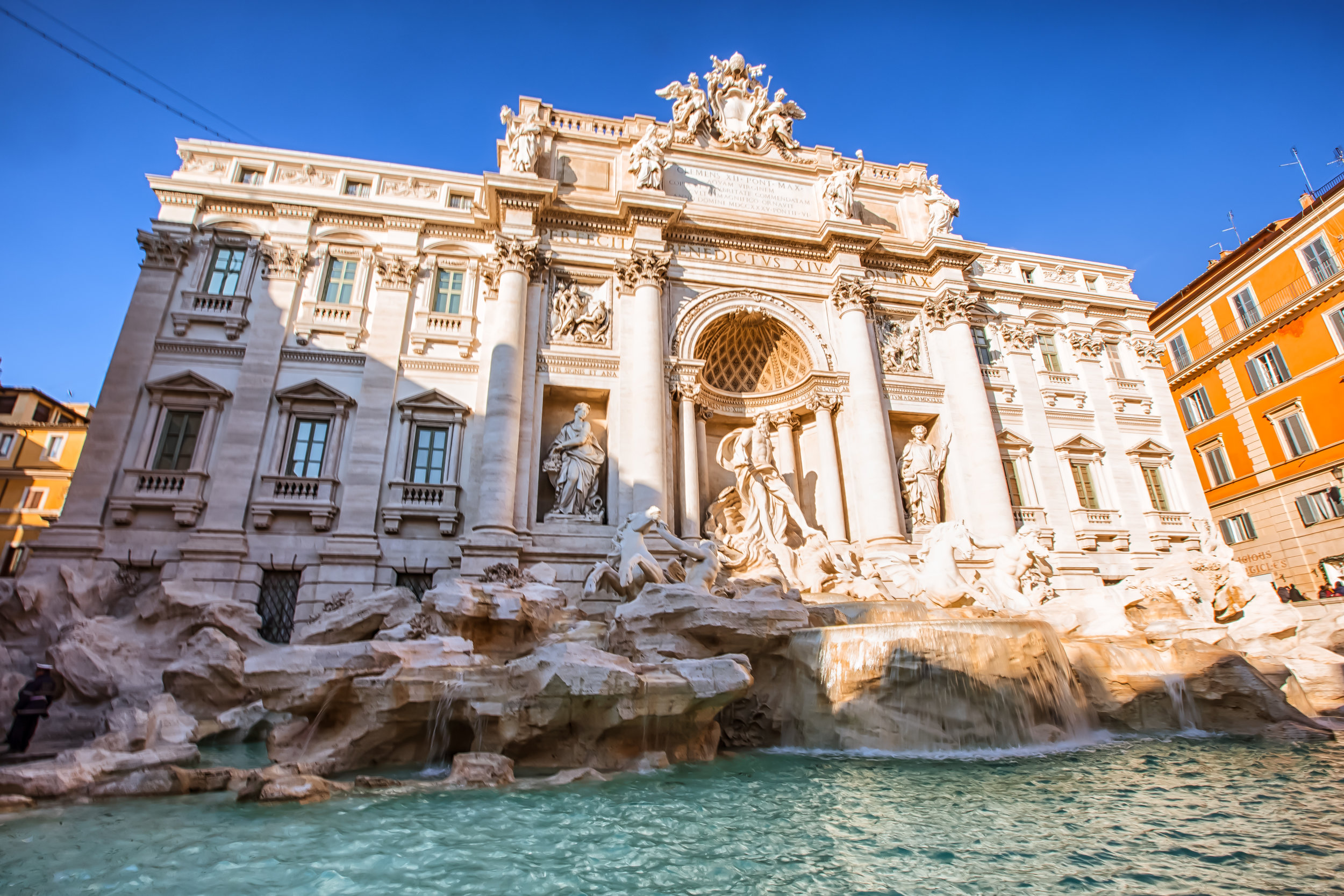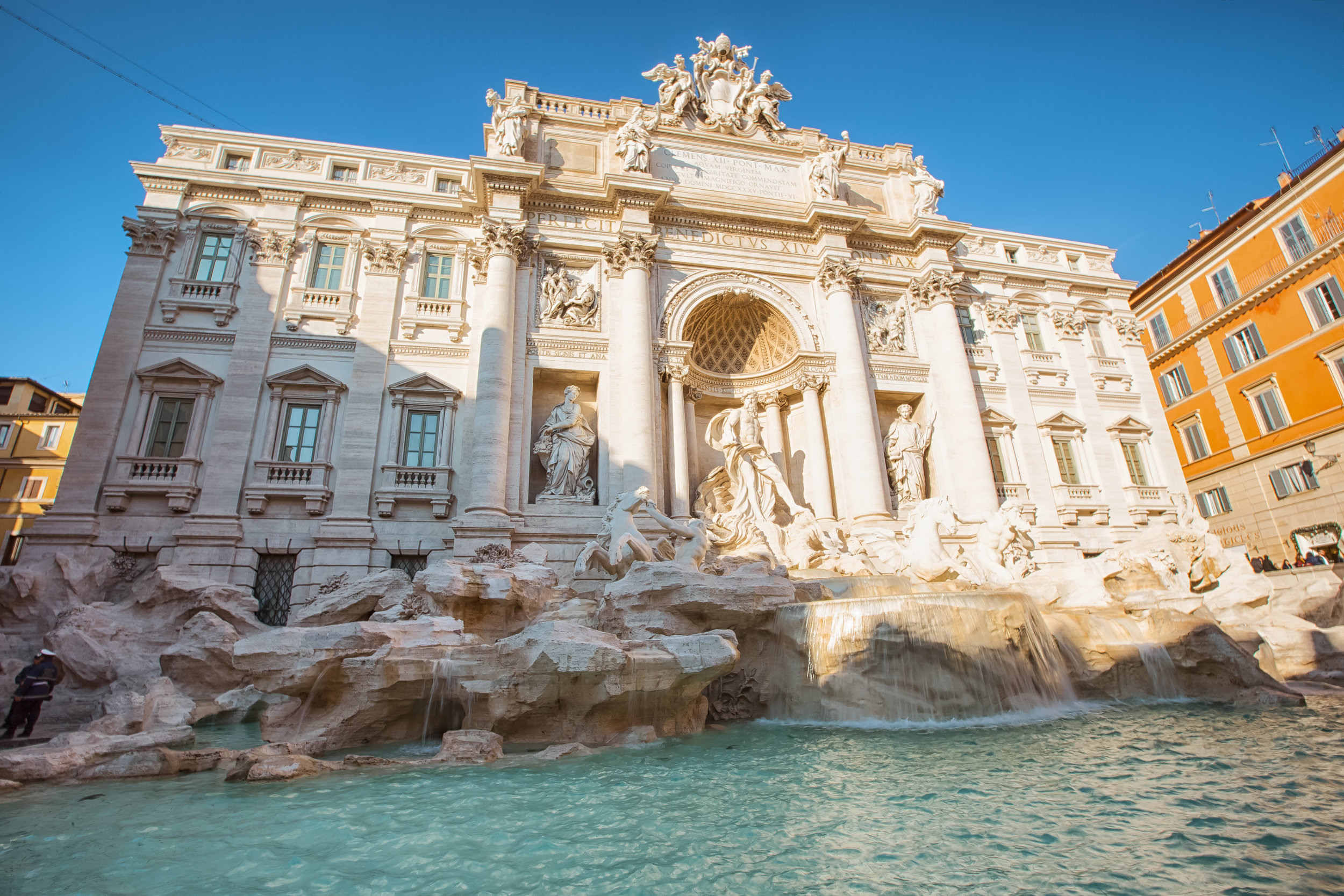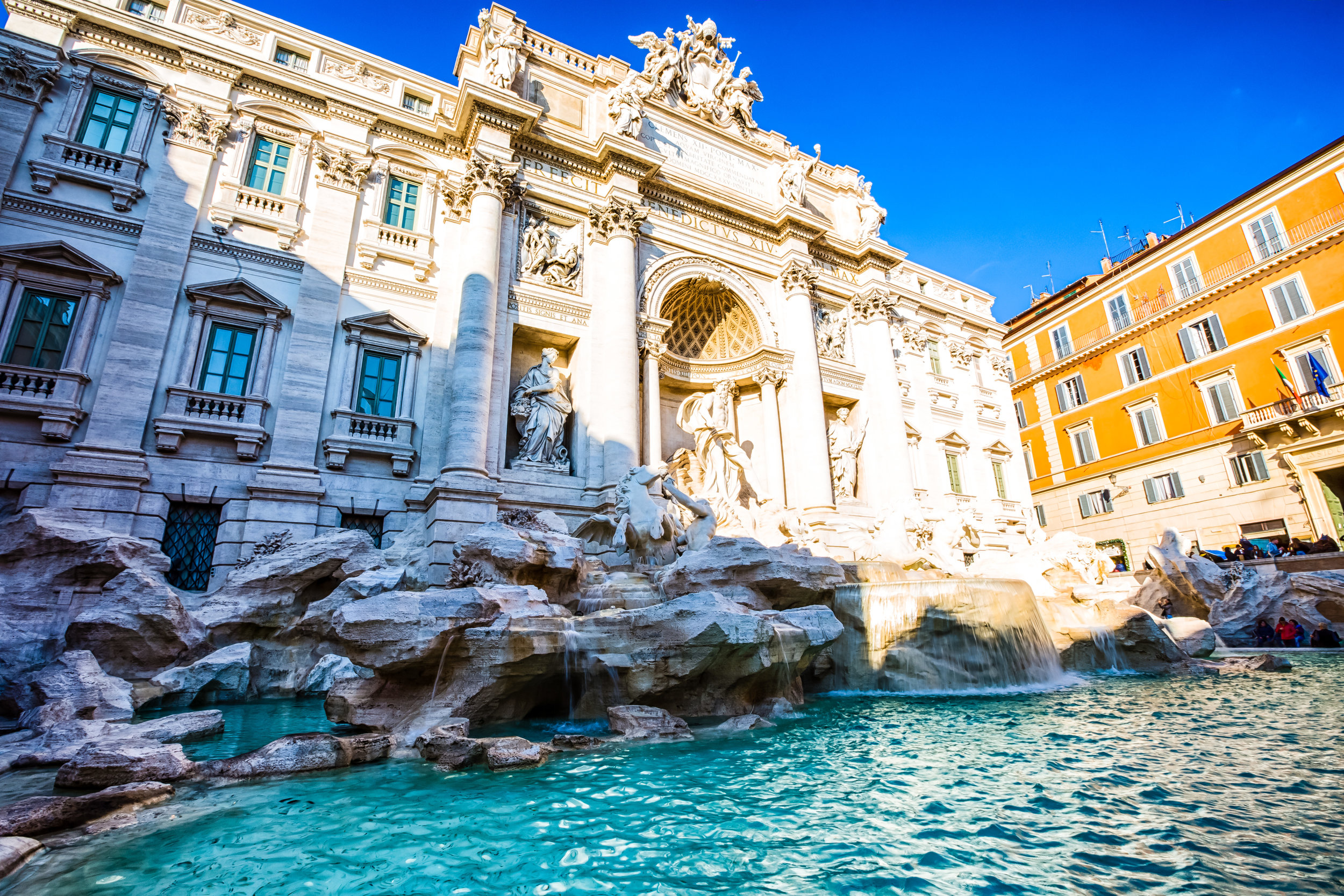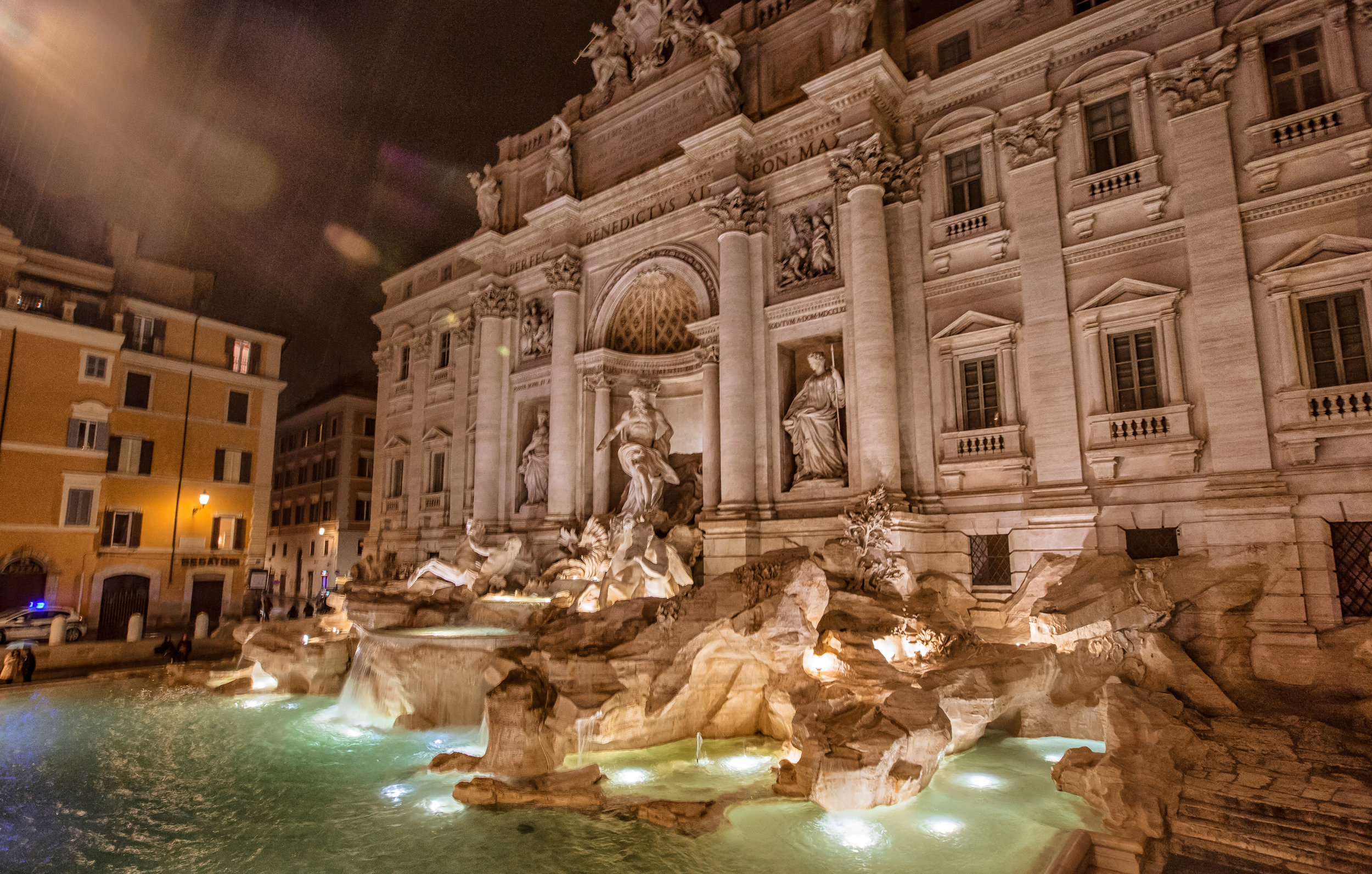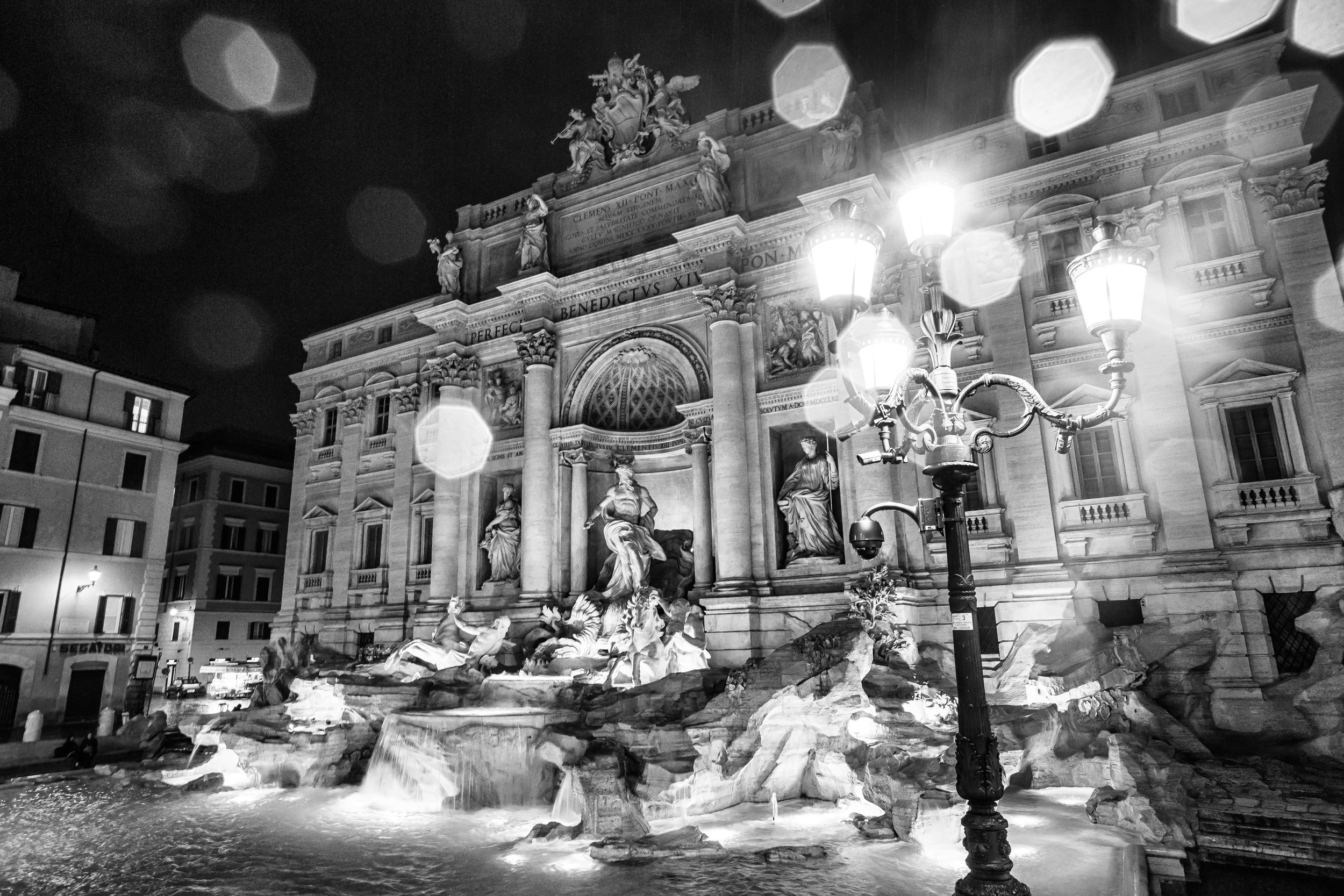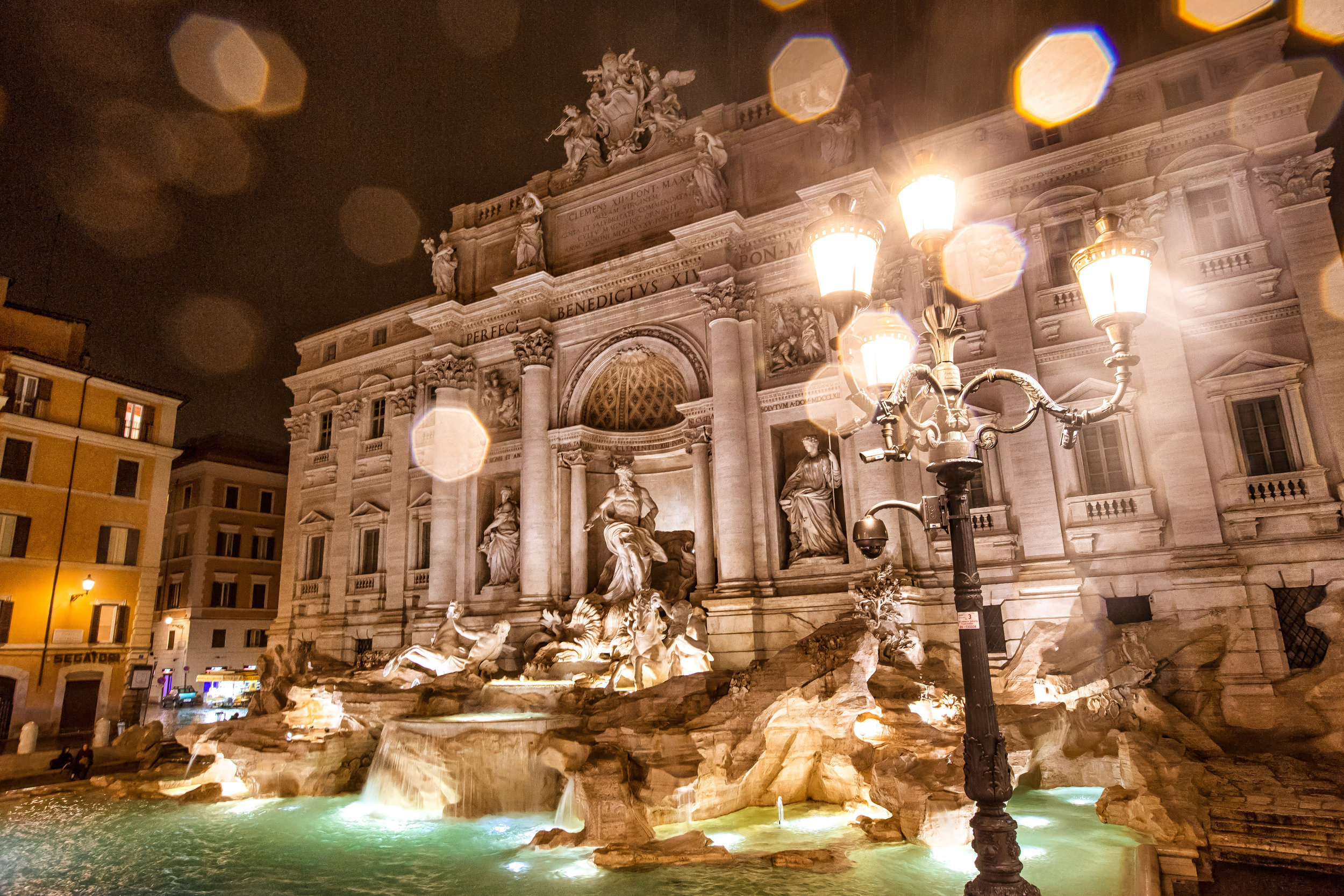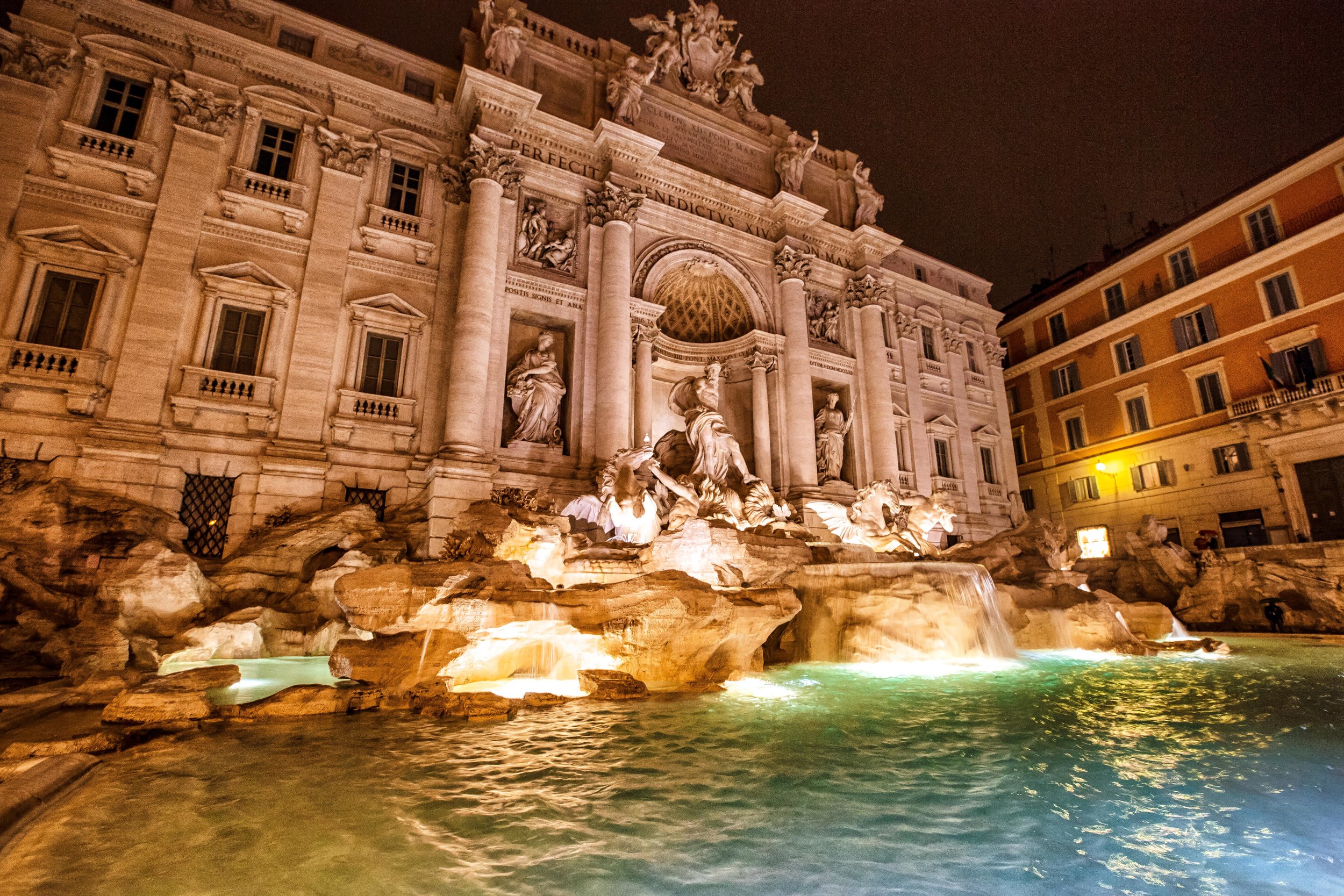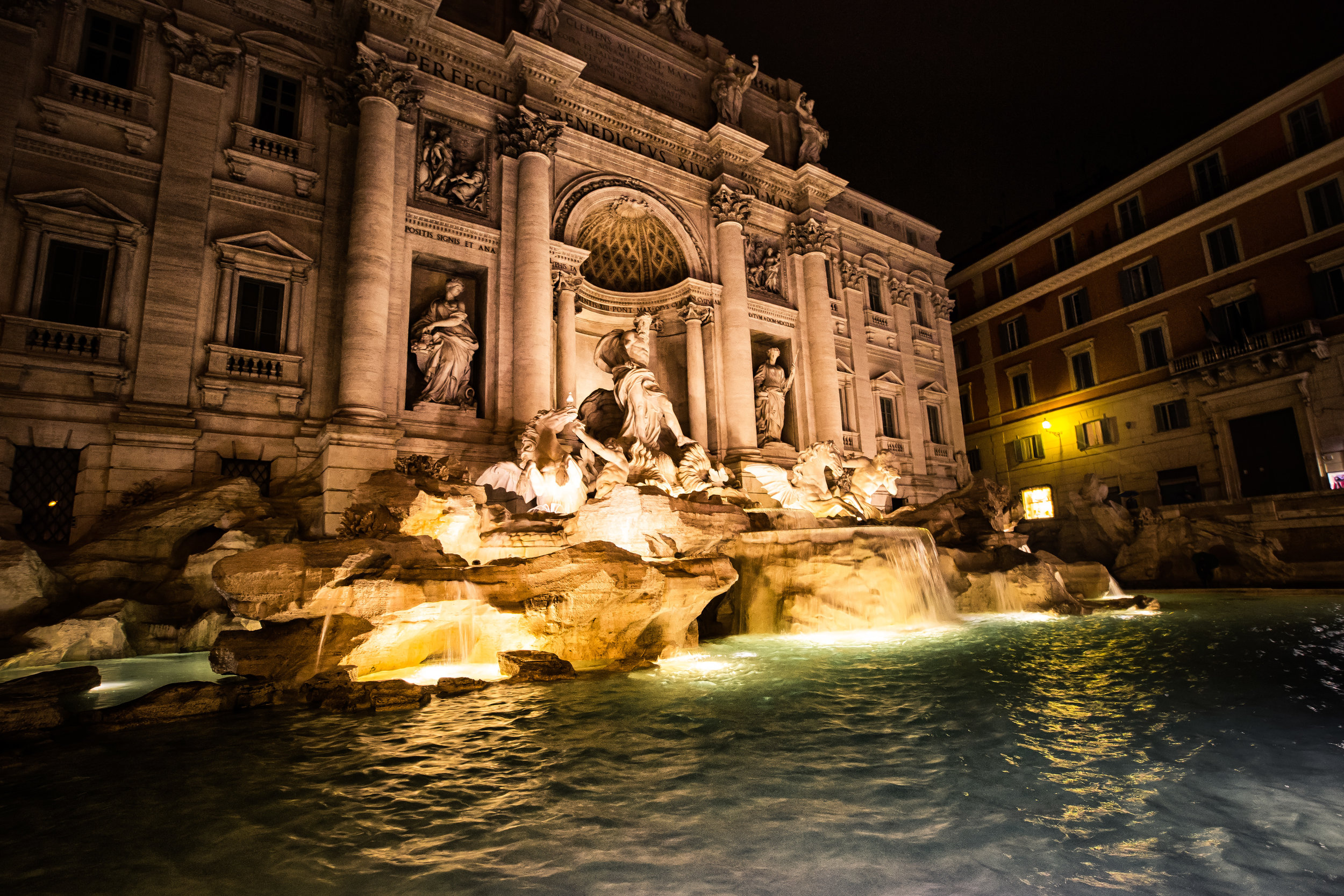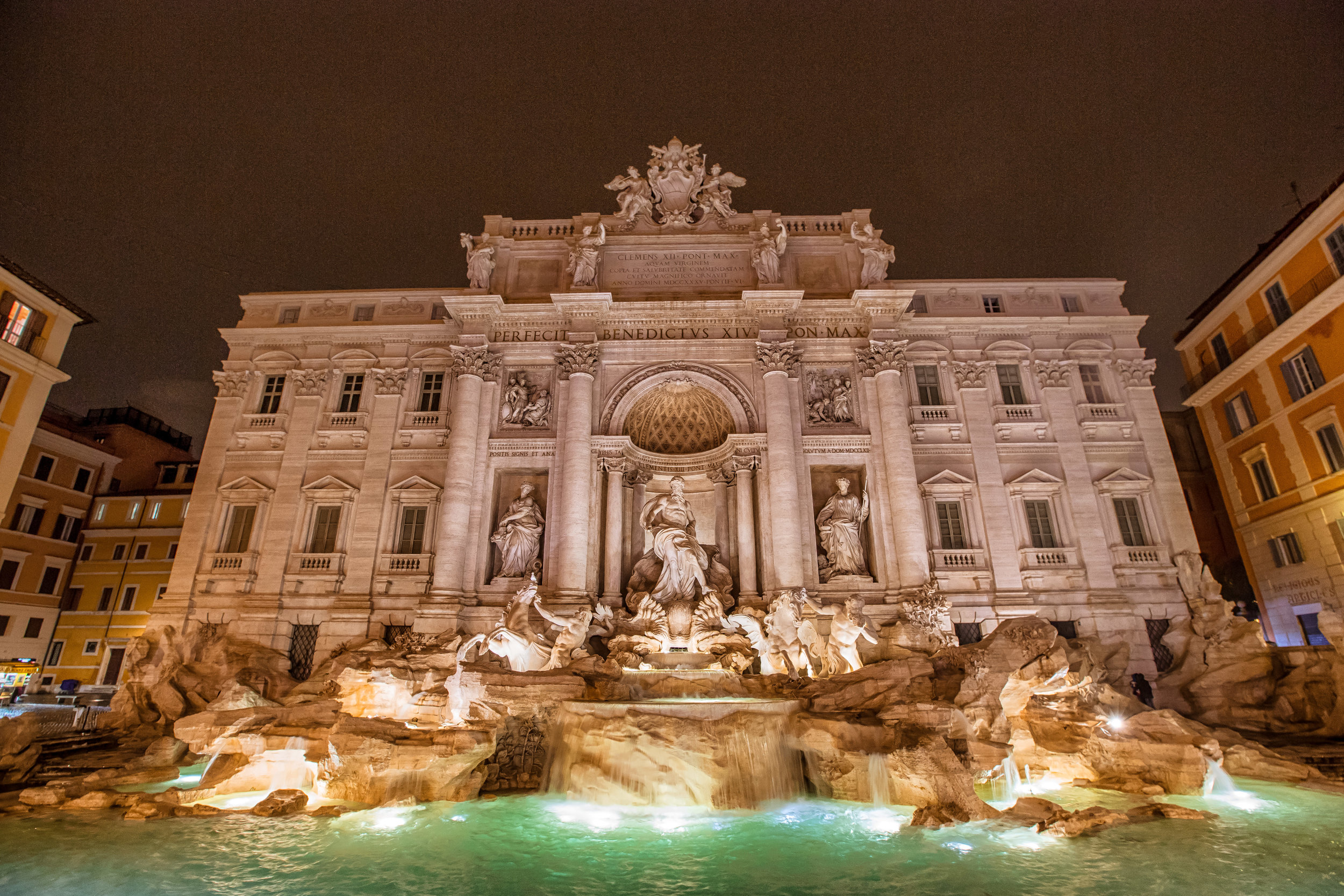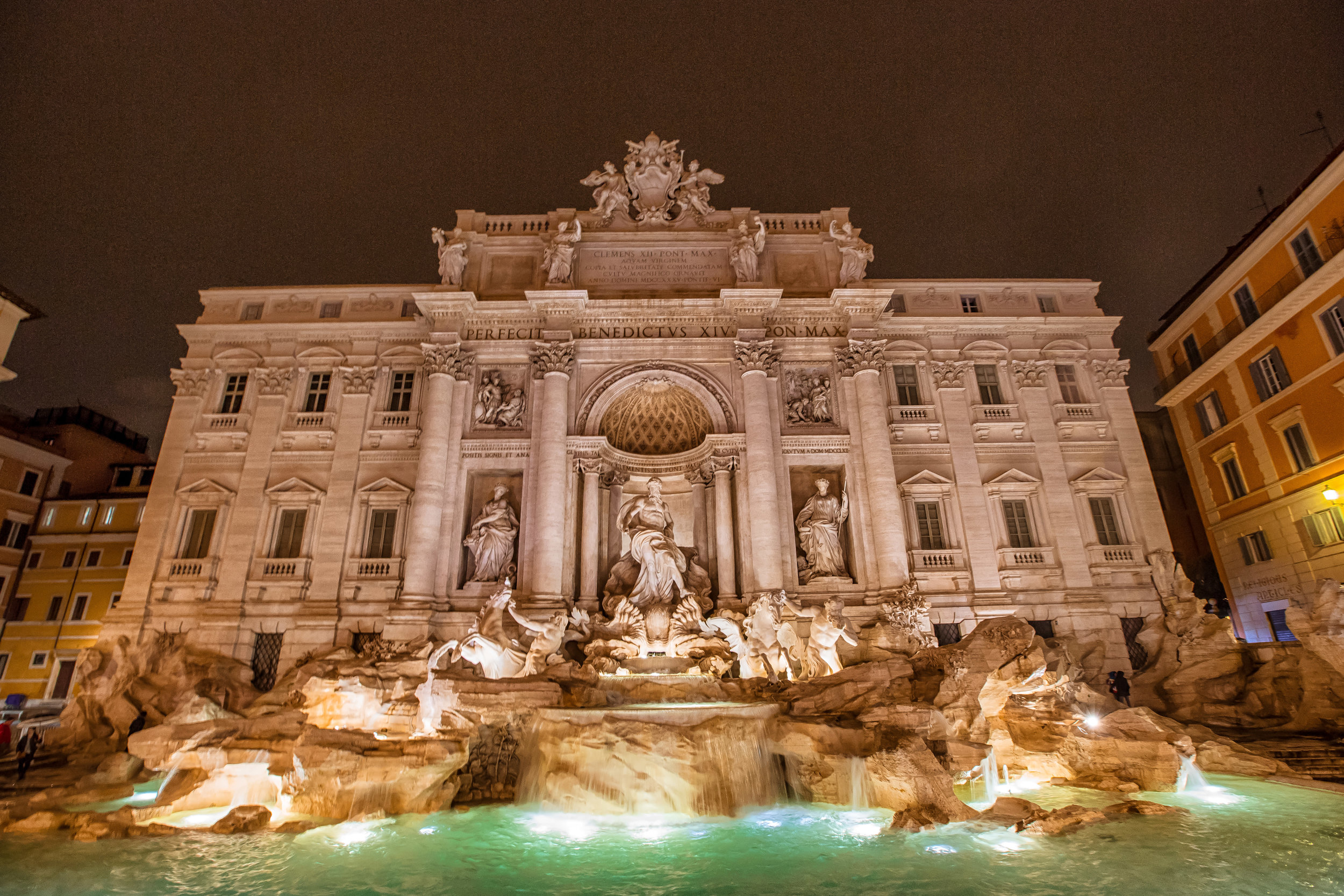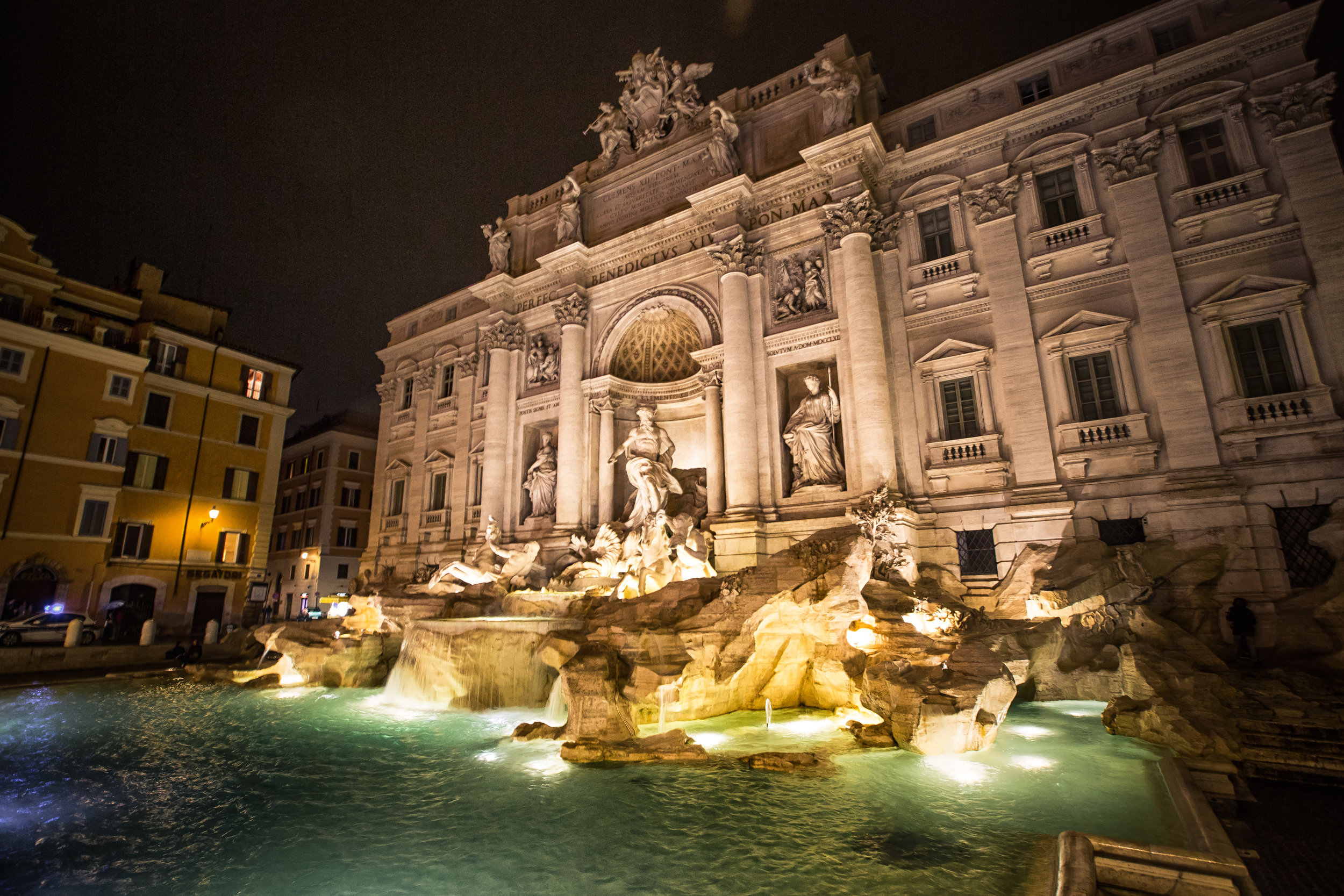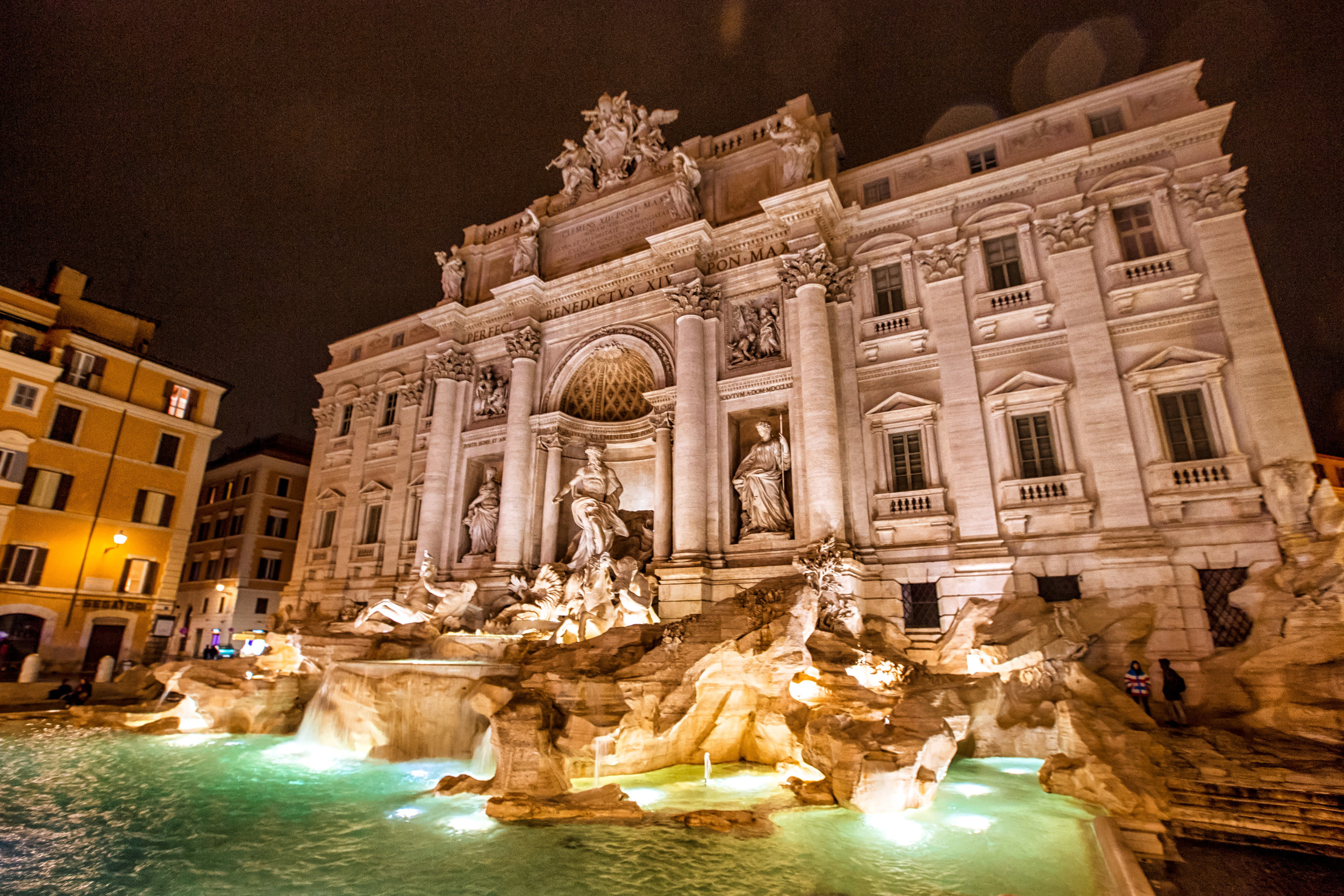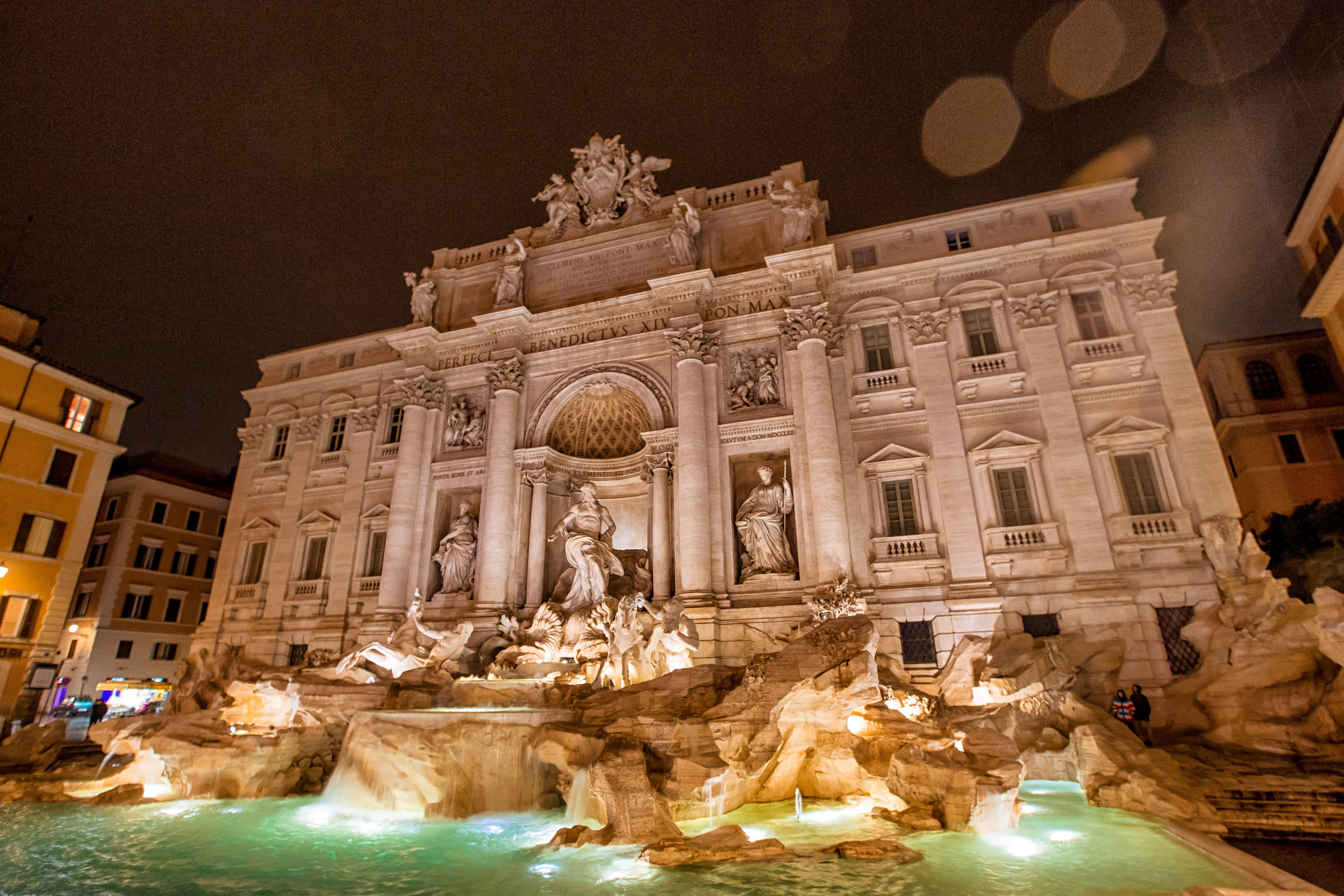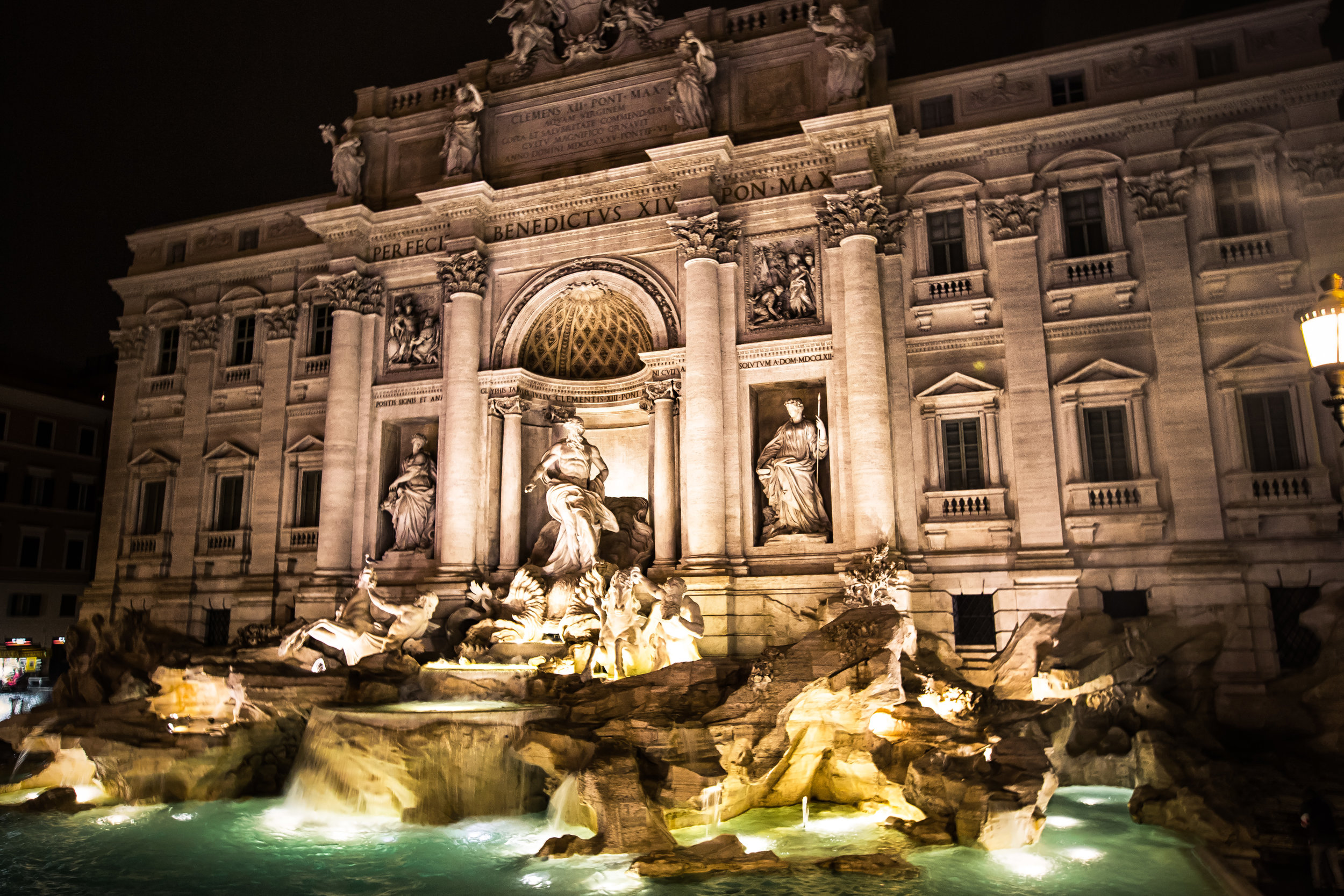A visit to Rome is sure to be an action-packed and unforgettable adventure that puts everything you learned in History class to the test - If you were a good student and paid attention in class, you’re bound to appreciate everything you see and do in the ancient city. Don’t worry though, if you weren’t a good student, you’re still going to be awestruck walking around the ancient city and seeing all these amazing things that you've never seen before!
While buildings like the Colosseum and the Pantheon are some of the main tourist attractions in the city, not everything has to date back over a thousand years to the Roman Empire to be impressive. Rome has always been considered one of the most important cities in the world not only for its former military conquests but also for its culture, art and technological innovations.
The unparalleled history of the city is one solely of great success and human development but also large scale failures and corruption which have allowed the city to be destroyed or pillaged on a number of occasions. What we see on the streets of the city today is a reflection of that history as there is a healthy mixture of old and new on every street corner.
The Rome that we know and love today was given new life in the 17th Century thanks to the efforts of a collection of legendary artists, designers and architects during the Renaissance period as well as for a style of architectural design that was born of the city and eventually spread throughout Europe and the rest of the world creating some of the most iconic buildings that we have today.
What we know today as "Baroque" architecture transformed the decaying city into the beautiful one we see today. In true Roman fashion, Baroque designs promoted grandeur and extravagance and came along at the most opportune time as the city was experiencing its first taste of opulence in nearly a thousand years.
Today the designs of Baroque's elite, Bernini, Borromini and Pietro da Cortona can be seen all over the city thanks to the patronage of the Catholic Church which funded most of the city’s modern renewal.
When it comes to Baroque art and design, there is no where better to visit than Rome, and the subject of today’s post is just one of the many masterpieces in the city. The Trevi Fountain is considered to be one of the most beautiful fountains in the entire world and is grand not only in size but also its artistic design and if you pay close attention, you'll notice that the fountain is telling you a story - which happens to be the history of Rome itself.
History
There are over 2,000 fountains in Rome - more than any other city in the world. Of those fountains, fifty of them are considered monumental and the rest are smaller and are used as public drinking spaces.
To talk about the history of the Trevi Fountain, or any of Rome’s major fountains, it is important to start with one of the ancient world's most important engineering projects, the aqueduct system, which brought water into Roman cities and towns supplying citizens with drinking water as well as for public baths, latrines, etc.
The aqueduct system is what separated Ancient Rome from any other city in human history as the availability of clean running water allowed it to expand at rates previously unseen becoming the first city to have a population of more than a million residents.
Prior to the construction of the aqueduct system, Rome, like every other city in the world relied on local water sources which included streams and springs as well as underground wells and seasonal rain-water. As Rome grew however, the water supply not only became insufficient but was polluted causing health issues for the residents of the city.
In 326BC, censor Appius Claudius Caecus commissioned the first of Rome’s aqueducts named the "Aqua Appia" which provided the city with 75,500 cubic meters of water per year. As demand for water continued to grow though, the city was forced to construct ten more aqueduct systems all of which were completed by 109AD.
In total, the eleven aqueducts combined for a length of approximately 800 kilometres (both above and under ground) and supplied the city with 300 million gallons of water a day.
Although the aqueduct system was one of Ancient Rome’s greatest strengths, it was also one of its biggest tactical weaknesses as the water supply became a prime target for the enemies of the empire who on August 24, 410, were finally able to sack the city.
Even though by that time the city had ceased to be the capital of the Western Roman Empire, its loss to King Alaric and the Visigoths was symbolic of the decline of the once great civilization, which would itself cease to exist less than sixty years later.
For almost a thousand years after the Sack of Rome, the aqueducts which once made the city great had fallen into disrepair or were completely destroyed.
In the 14th Century Pope Nicholas V made it his mission to restore Rome and make it a ‘worthy capital of the Christian world.'
One of the projects undertaken by the Pope was to rebuild the Acqua Vergine to bring clean drinking water into the city. As part of this project he also decided to revive the old custom of marking the arrival point of an aqueduct with a ‘mostra’ or a grand commemorative fountain.
Over the next few centuries, successors to Pope Nicholas V continued the work of restoring the other aqueducts as well as remaining committed to building large display fountains at at their terminal locations, despite the high cost.
The Trevi Fountain or ‘Fontana di Trevi’ was constructed at the terminus of the Acqua Vergine and is the largest and most spectacular of all of Rome’s commemorative fountains.
In 1730, Pope Clement XII organized a competition to design the future fountain. The contest was originally won by a Florentine named Alessandro Galilei, but the people of Rome were none too pleased with the fact that a Roman wasn’t chosen, so after public outcry the commission was awarded to Nicola Salvi who began construction on the fountain two years later.
It took over thirty years to complete work on the Trevi Fountain, but halfway through its construction Salvi died leaving the rest of the work to Giuseppe Pannini who completed the 85 foot tall and 165 foot wide fountain in 1762.
Design
According to legend, Roman General Agrippa sent out a group of soldiers to search for a water source near Rome. The soldiers spent a considerable amount of time searching but the spring could only found with the help of a local (virgin) girl pointed it out to the soldiers.
The young virgin thus became not only the namesake of the "Acqua Vergine" (Aqua Virgo) but also one of the subjects of the design of the Trevi Fountain.
The central figure on the fountain is a large sculpture of Neptune or “Ocean”, the god of the sea who is riding a shell-shaped chariot pulled by two sea horses. Each of the sea-horses differs in design as one appears to be calm and obedient while the other is restive - which is thought to symbolize the calm yet sometimes violent nature of the sea.
On either side of Neptune are statues representing “Abundance” (left) and “Salubrity” (right). Above each of those statues are reliefs which depict Agrippa, the general who built the aqueduct on the left while the relief on the right pays homage to the virgin who brought the soldiers to the water source.
Above those reliefs are statues of four women who represent the four seasons with Pope Clement XII’s coat of arms above them and a plate of text between them which reads:
“CLEMENS XII PONT. MAX. AQUAM VIRGINEM COPIA ET SALUBRITATE COMMENDATAM CULTO MAGNIFICO ORNAVIT ANNO DOMINI MDCCXXXV PONT VI”
Translated into English: “Clemens XII Pontifex Maximus (Pope) decorated the Virgin Aqueduct and Committed it with Abundance and Salubrity to the magnificent cult in the Year of the Lord 1735, 6th year of his Pontificate.”
If you look closely enough, the fountain is also home to over thirty species of plants that are native to the region as well as some animals and sea creatures.
So what makes this fountain a masterpiece of baroque design? The fundamental characteristic of Baroque art is dynamism, which means that there should be a sense of motion with strong curves and beautiful decorations.
Now, if you look at the fountain, the most important thing to notice is the sense of motion. The water flowing from the mountain makes it seem as if Neptune is riding his shell towards you. If you look at it long enough, it gives off a 3D-like effect, which is quite an amazing design technique for the 1700s.
Not only are the sculptures masterfully crafted, but the sense of motion defines the fountain in a way that moves almost each and every person who views it. This is why it is a masterpiece and is why it had set a standard that has never been surpassed.
The fountain which is built against the rear wall of the Palazzo Poli is constructed of travertine, the same material which was used to construct Rome’s most famous landmark - The Colosseum. Today the Palazzo Poli is a modern art museum, but its popularity is obviously trumped by the fountain which is one of the most widely visited landmarks in the city.
The fountain underwent a year-long restoration project between 2014-2015 which most notably included the careful installation of more than 100 LED lights. The lights improved the after-dark illumination of the fountain and was done in such a thoughtful way that the new technology added to the design of the fountain.
If you are in Rome and you plan to check out the fountain, don’t just visit once. Check it out during the day and also at night when it is illuminated by the lights.
Throwing a Coin?
While visiting Trevi Fountain, you are going to have to put up with large crowds of people, especially during the summer when it is high season. The amount of people crowded around taking photos in such a small space can make it a bit difficult to get up close and personal for you own photos. When you do get close enough though, something you are going to notice is that people are throwing coins into the fountain.
Making a wish at a fountain is tradition that is practiced all over the world, but at the Trevi Fountain there is a legend that goes a little like this:
- If you throw one coin into the fountain: You will return to Rome.
- If you throw two coins into the fountain: You will fall in love with an Italian.
- If you throw three coins into the fountain: You will get married to that person.
If you want any of these wishes to come true however you must use your right hand to throw the coin over your left shoulder and into the water. If you are looking for love, a three euro donation to the fountain might be a good idea! I figured a return trip to the beautiful city was what I wanted most, so I only threw one coin!
Coincidentally with the amount of tourists that visit the fountain, the staff are able to fish out well over a million euros every year - which is then donated to fund a supermarket for Rome’s needy.
Getting There
Rome is a walking city, no matter where you’re staying in the city, pretty much everything you’ll want to see is within walking distance. It gets hot during the summer though, so for those who don’t really feel like walking around all the time, you can get to Trevi Fountain on Line A (Red) of the Rome Metro and exiting at Barberini Station.
Address: Piazza di Trevi, 00187 Rome, Italy
While in the area you should probably get some Gelato at the famous “Il Gelato di San Crispino” which is a short walk behind the fountain or make your way to other sites like Piazza Colonna, Piazza di Spagna & the Spanish Steps, Piazza Barberini, the Pantheon, etc. which are all a short distance away.
When in Rome, you’re likely going to have an action packed schedule of things to see and places to go. It should be no surprise that the Trevi Fountain usually ends up near the top of everyone’s list - Not only is it the most beautiful fountain in the world, but unlike a lot of other tourist attractions in the city, it doesn’t cost you anything to visit - unless of course you decide to make a wish!
Gallery / Flickr (High Res Photos)
